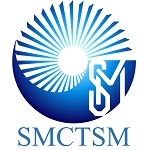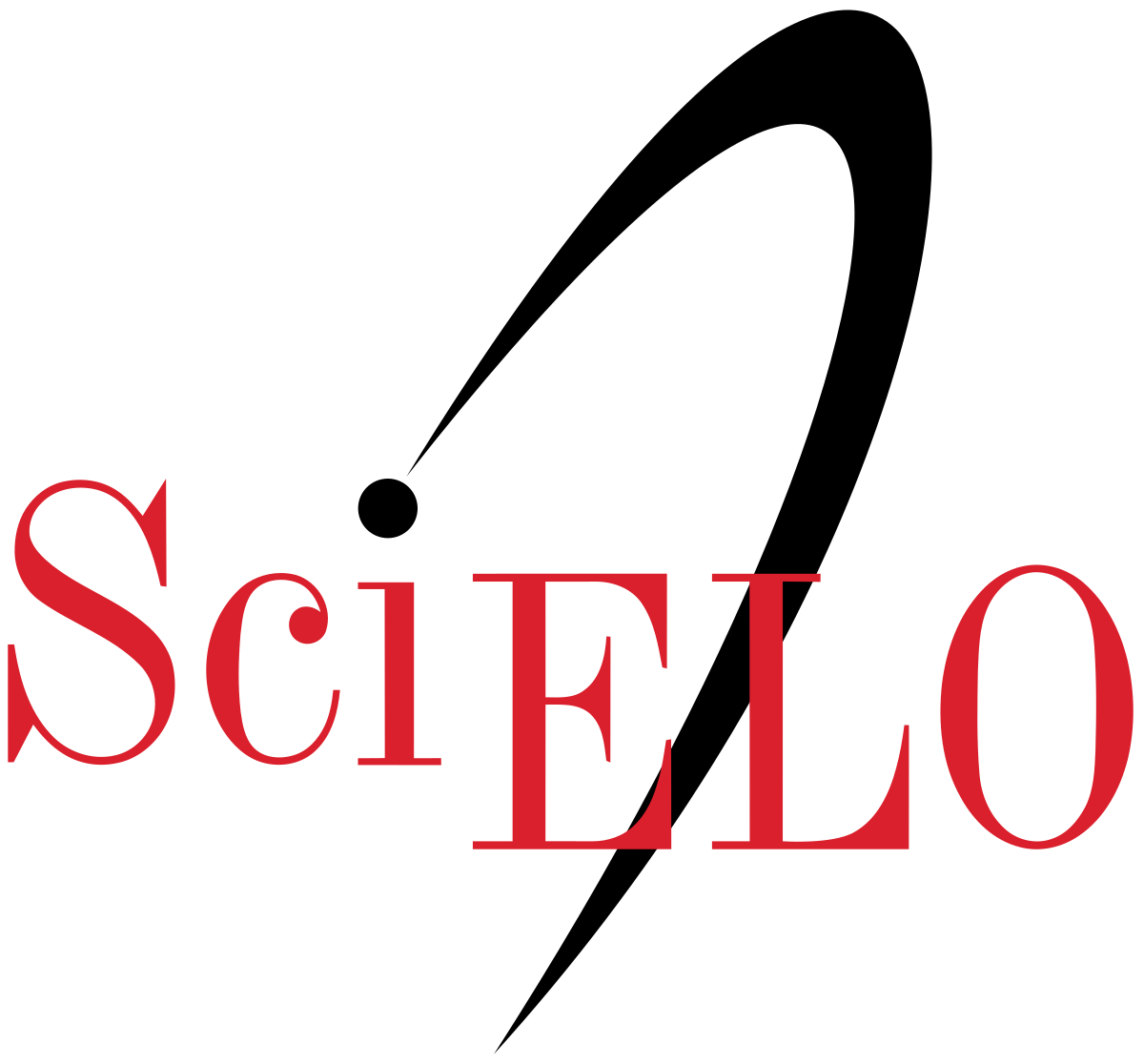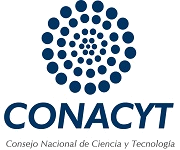Effects of hydrogen dilution and B-doping on the density of Si–C bonds and properties of a-SixC1-x:H films
Keywords:
Plasma-enhanced chemical vapor deposition, hydrogenated amorphous silicon carbon alloy, material propertiesAbstract
This work presents a study on the effects of hydrogen dilution and boron doping on the formation of Si–C and Si–H bonds during the deposition of hydrogenated amorphous silicon carbon alloy films by plasma-enhanced chemical vapor deposition. Low power densities of 25 mW/cm2 and 50 mW/cm2, high pressure of 1.5 Torr, temperatures of 150 °C and 200 °C, and methane-silane gas flow ratios of 0.70 and 0.85 were chosen in order to obtain suitable films for biomedical and biological applications. FTIR spectroscopy, UV-Vis spectroscopy, atomic force microscopy and electrical dark conductivity measurements were carried out to characterize the films. The results show that hydrogen dilution decreases CHn groups in the films and increases the Si–C and Si–H bond densities, whereas B-doping decreases the Si–C and Si–H bond densities. Undoped films with optical band gap of 2.47 eV and conductivity around of 5x10-10 S/cm, and B-doped films with a root mean square roughness of about 1 nm and a conductivity of the order of 10-6 S/cm were obtained.References
S. Cogan, D. Edell, A. Guzelian, Y. Liu, and E. Edell. “Plasma-enhanced chemical vapor deposited silicon carbide as an implantable dielectric coating,” J. Biomed. Mater. Res. A, vol. 67A(3), pp. 856–867, December 2003. DOI: 10.1002/jbm.a.10152
J. Hsu, P. Tathireddy, L. Rieth, A. Normann, and F. Solzbacher, “Characterization of a-SiCx:H thin films as an encapsulation material for integrated silicon based neural interface devices,” Thin Solid Films, vol. 516(1), pp. 34–41, April 2007. DOI: 10.1016/j.tsf.2007.04.050
C. Iliescu, B. Chen, D. Poenar, and Y. Lee, “PECVD amorphous silicon carbide membranes for cell culturing,” Sens. Actuators, B: Chem., vol. 129(1), pp. 404–411, September 2007. DOI: 10.1016/j.snb.2007.08.043
O. Palyvoda, C. Chen, and G. Auner, “Culturing neuron cells on electrode with self-assembly monolayer,” Biosens. Bioelectron., vol. 22(9–10), pp. 2346–2350, April 2007. DOI: 10.1016/j.bios.2006.08.021
E. Galopin, L. Touahir, J. Niedziołka-Jönsson, R. Boukherroub, A. Gouget-Laemmel, J. Chazalviel, F. Ozanam, and S. Szunerits, “Amorphous silicon-carbon alloys for efficient localized surface plasmon resonance sensing,” Biosens. Bioelectron., vol. 25(5), pp. 1199–1203, January 2010. DOI: 10.1016/j.bios.2009.10.012
S. E. Saddow, Silicon Carbide Biotechnology, 1st ed., Elsevier, 2012, pp. 153–168. DOI: 10.1016/B978-0-12-385906-8.00005-2
C. Iliescu and D. P. Poenar, “PECVD amorphous silicon carbide (α-SiC) layers for MEMS applications,” in Physics and Technology of Silicon Carbide Devices, Y. Hijikata Ed. InTech, 2013, pp. 131–134. DOI: 10.5772/51224
M. Fraga, R. Pessoa, M. Massi and H. Maciel, “Applications of SiC-based thin films in electronic and MEMS devices,” in Physics and Technology of Silicon Carbide Devices, Y. Hijikata Ed. InTech, 2013, pp. 313–336. DOI: 10.5772/50998
I. Pereyra, M. Carreño, M. Tabacniks, R. Prado, and M. Fantini, “The influence of “starving plasma” regime on carbon content and bonds in a-Si1-xCx:H thin films,” J. Appl. Phys., vol. 84(5), pp. 2371–2379, September 1998. DOI: 10.1063/1.368436
E. Chen, G. Du, Y. Zhang, X. Qin, H. Lai, and W. Shi, “RF-PECVD deposition and optical properties of hydrogenated amorphous silicon carbide thin films,” Ceram. Int., vol. 40(7), pp. 9791– 9797, February 2014. DOI: 10.1016/j.ceramint.2014.02.067
V. Tolstoy, I. Chernyshova and V. Kkryshevsky, Handbook of infrared spectroscopy of ultrathin films, 1st ed., John Wiley & Sons, 2003, pp. 445–446. DOI: 10.1002/047123432X.ch5
W.K. Choi, and S. Gangadharan, “Structural study of plasma enhanced chemical vapour deposited silicon carbide films,” Mat. Sci. Eng. B, vol. 75(2–3), pp. 174–176, June 2000. DOI: 10.1016/S0921-5107(00)00356-1
M. Kamble et al., “Hydrogenated silicon carbide thin films prepared with high deposition rate by hot wire chemical vapor deposition method”, J. Coatings, vol. 2014, pp. 1–11, February 2014. DOI: 10.1155/2014/905903
B. Stuart, Infrared spectroscopy: fundamentals and applications, 1st ed., John Wiley & Sons, 2004, p. 83. DOI: 10.1002/0470011149.ch4
S. Shen, and M. Cardona, “Infrared and far infrared absorption of B-and P-doped amorphous Si,” J. Phys. Colloq., vol. 42(C4), pp. C4-349–C4-351, October 1981. DOI: 10.1051/jphyscol:1981474
J. Tauc, R. Grigorocivi, and A. Vancu, “Optical properties and electronic structure of amorphous germanium”, Phys. Status Solidi, vol. 15(2), pp. 627–637, 1966. DOI: 10.1002/pssb.19660150224
D. Sala, P. Fiorini, A. Frova, A. Gregori, A. Skumanich, and N.M. Amer, “Gap state spectroscopy in a-SixC1-x:H alloys,” J. Non-Crist. Solids, vol. 77/78(2), pp. 853–856, December 1985. DOI: 10.1016/0022-3093(85)90794-X
K. Tanaka, E. Maruyama, T. Shimada, and H. Okamoto, Amorphous Silicon, 1st ed.,Wiley, 1999, pp. 136–137. ISBN: 978-0-471-98293-7
J. Herrera-Celis, C. Reyes-Betanzo, A. Itzmoyotl-Toxqui, A. Orduña-Díaz and A. Perez-Coyotl, “a-SixC1-x:H thin films with subnanometer surface roughness for biological applications,” J. Vac. Sci. Technol. A, vol. 33 (O5E108), pp. 1–7, June 2015. DOI: 10.1116/1.4922409
J. Bullot and M. Schmidt, “Physics of amorphous silicon-carbon alloys,” Phys. Stat. Sol. B, vol. 143(2), pp. 345–418, October 1987. DOI: 10.1002/pssb.2221430202
K. Tanaka, E. Maruyama, T. Shimada, and H. Okamoto, Amorphous Silicon, 1st ed., Wiley, 1999, pp. 111–118. ISBN: 978-0-471-98293-7
T. Tätte, K. Saal, I. Kink, A. Kurg, R. Lohmus, U. Mäeorg, M. Rahi, A. Rinken, and A. Lohmus, “Preparation of smooth siloxane surfaces for AFM visualization of immobilized biomolecules,” Surf. Sci., vol. 532–535, pp. 1085–1091, June 2003. DOI: 10.1016/S0039-6028(03)00486-2
Published
Issue
Section
License
Copyright (c) 2016 Superficies y Vacío

This work is licensed under a Creative Commons Attribution 4.0 International License.
©2025 by the authors; licensee SMCTSM, Mexico. This article is an open access article distributed under the terms and conditions of the Creative Commons Attribution license (http://creativecommons.org/licenses/by/4.0/).





